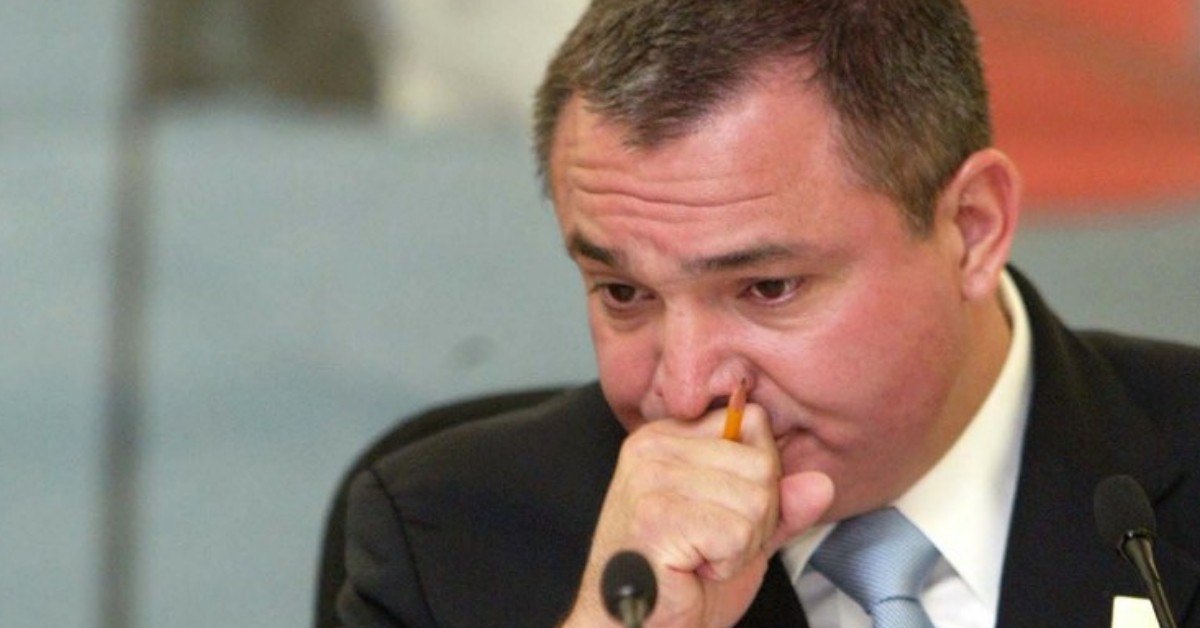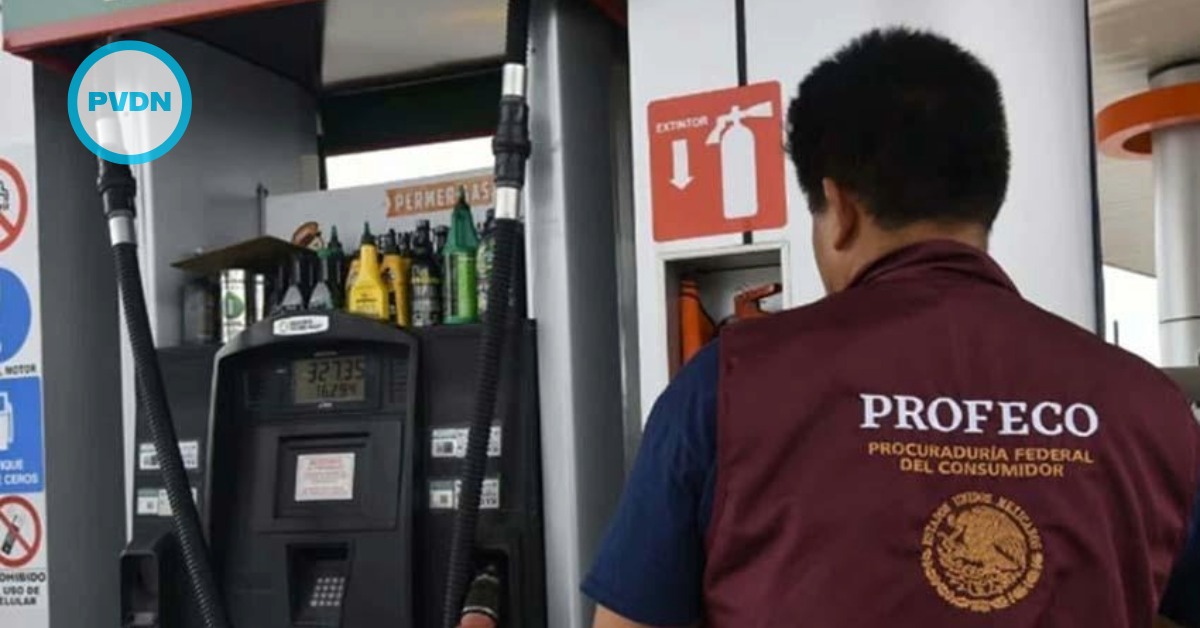The trial against Genaro García Luna in the United States has exposed the close relationship and complicity between authorities and cartels in Mexico, from police chiefs to Presidents. These are some of the former high-profile officials mentioned in the trial . . .






